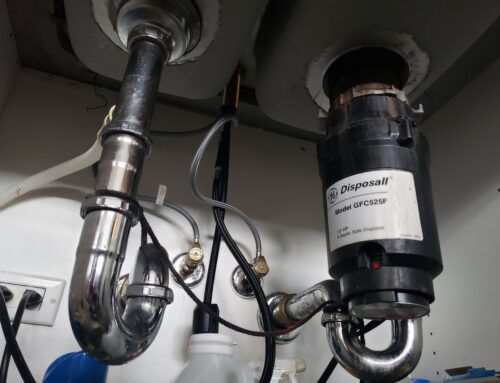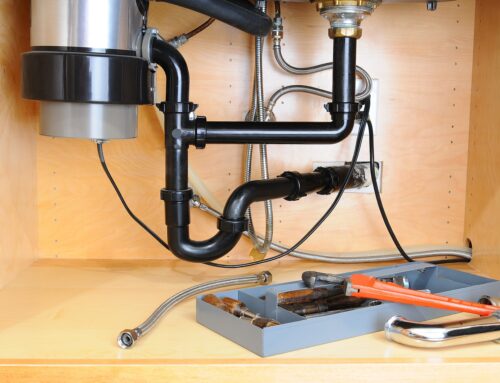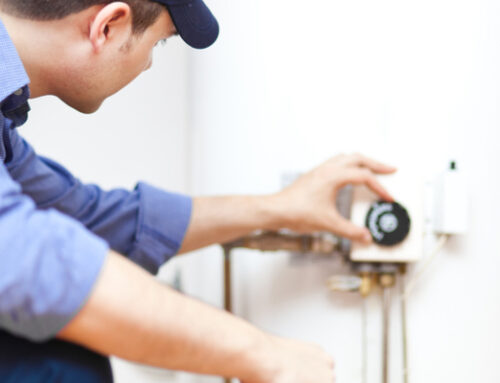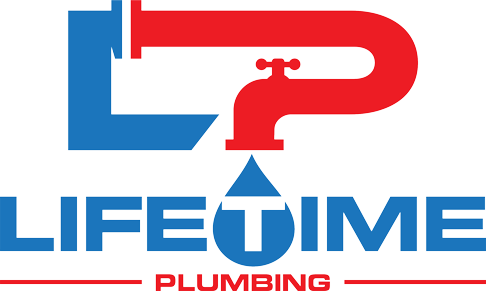How to Prevent Frozen Pipes
As the temperatures drop and winter approaches, homeowners across the world face a common threat: frozen pipes. The havoc that burst pipes can wreak on your home is both financially and emotionally draining. To avoid this dreaded scenario, it’s essential to be proactive. In this comprehensive guide, we will explore various strategies and tips on how to prevent frozen pipes, ensuring your home remains safe and snug during the colder months.
Understanding the Perils of Frozen Pipes
Before we dive into prevention strategies, it’s crucial to comprehend why frozen pipes are such a concern.
The Science Behind Frozen Pipes
When water in your pipes freezes, it expands. The expansion creates immense pressure within the pipes, causing them to burst. These bursts can occur in various locations, leading to water damage that ranges from minor water leaks to catastrophic flooding. Pipes most susceptible to freezing are those exposed to severe cold, whether outdoors or in unheated areas of your home.
The Costs of Frozen Pipes
Preventing frozen pipes isn’t just about avoiding the inconvenience of losing access to water. The costs associated with burst pipes can be staggering. From water damage repair to potential mold remediation and insurance premiums, it’s an expense you’d want to avoid at all costs.
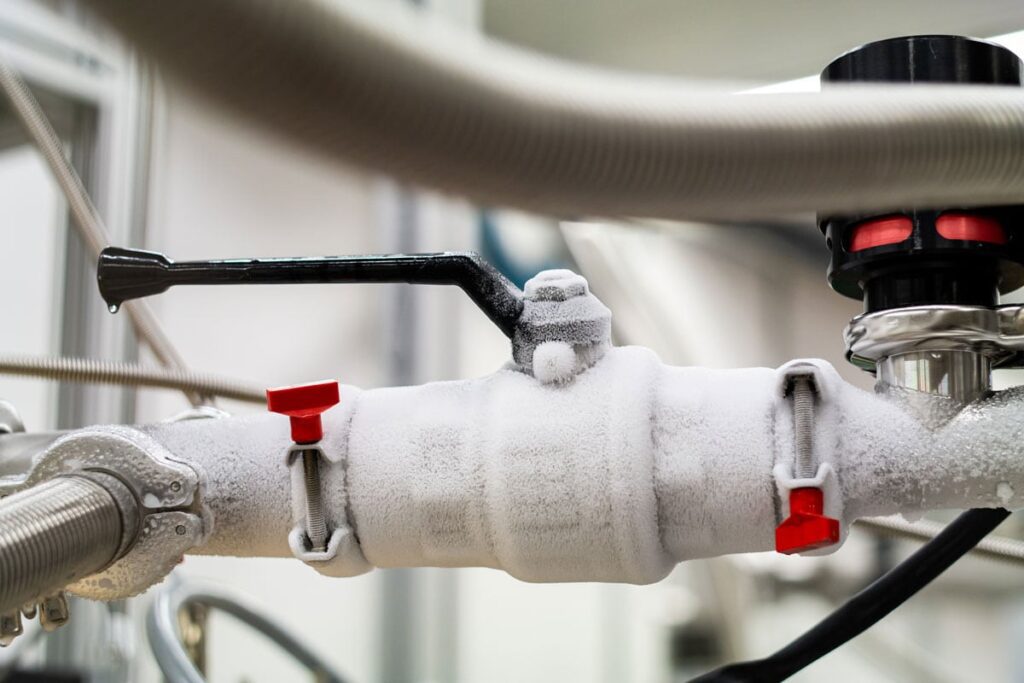
Preventing Frozen Pipes: Your Ultimate Guide
Now, let’s explore the various strategies to prevent frozen pipes and ensure a worry-free winter.
Insulation: Your First Line of Defense
Proper insulation is key to protecting your pipes. Starting with exterior measures, consider adding insulation to attics, basements, and crawl spaces. Insulating your walls is also beneficial. These measures help maintain a stable temperature around the pipes, reducing the risk of freezing.
Seal Cracks and Openings
Moving indoors, ensure all gaps, cracks, and openings where cold air might seep in are sealed. Weather stripping and caulking are your best friends in this endeavor. Focus on areas near pipes, such as window and door frames.
Keeping the Heat On
A warm home is a secure home. Transitioning to heating strategies, maintain a consistent indoor temperature, especially at night when temperatures tend to drop. While it may lead to a slightly higher heating bill, it’s a small price to pay compared to the cost of pipe bursts.
Proper Outdoor Measures
Shifting our focus to outdoor precautions, disconnect garden hoses and shut off outdoor water supplies before winter arrives. Drain the hoses and ensure there’s no water left in the pipes. Additionally, consider insulating outdoor spigots and faucets with specialized covers.
Let the Faucets Drip
Allowing faucets to drip slowly is a simple yet effective trick. This method works by keeping water flowing, preventing it from becoming stagnant and freezing in the pipes. It’s especially useful for faucets connected to pipes that run through unheated or uninsulated areas.
Kitchen and Bathroom Cabinets
Looking inside your home, open cabinet doors in your kitchen and bathroom. This practice allows warm air to circulate around the pipes under your sinks, reducing the risk of freezing.
Utilize Pipe Insulation
Focusing on the pipes themselves, consider using pipe insulation. This foam or fiberglass insulation can be easily applied to pipes in areas prone to freezing. Pipe sleeves and heat tape are also viable options.
Other strategies that can be used to prevent frozen pipes:
Plumbing Maintenance
An often-overlooked aspect is the importance of routine plumbing maintenance. It is crucial to check for leaks and address any issues promptly. Even a minor leak can lead to freezing under the right conditions.
Keep a Watchful Eye
Shifting our attention to monitoring, regularly check your water flow and pressure. Reduced water flow or unexpected drops in pressure can be early signs of pipe freezing. If you notice any such indicators, take immediate action.
Winterize Your Vacant Property
If you have a vacation home or a vacant property, winterizing is essential. This process involves shutting off the water supply and completely draining the plumbing system. In extreme cases, antifreeze can be used to protect the pipes.
In Case of Extreme Cold
If you live in an area with extremely low temperatures, further precautions may be necessary. For instance, you can install an electric heating cable on vulnerable pipes to ensure they remain above freezing temperatures.
Conclusion: Preparedness Is Key
In conclusion, preventing frozen pipes is a matter of preparation, vigilance, and a few practical steps. A proactive approach can save you from the heartache, hassle, and expenses associated with burst pipes during the winter season. By insulating, sealing, and maintaining your plumbing system, you can ensure that your home remains a warm and welcoming place all year round. So, take these steps to heart, and prepare your home for a trouble-free winter.
Get Help for Frozen Pipes
Lifetime Plumbing is the ultimate resource for professional advice on the prevention of pipe freezing. Additionally, we can also identify and safely thaw frozen pipes, as well as thoroughly inspect the plumbing system for any potential damage incurred during the freeze. Our comprehensive range of plumbing services aims to ensure the uninterrupted flow of your pipes.
For help preventing, identifying, or thawing frozen pipes, contact Lifetime Plumbing today.

